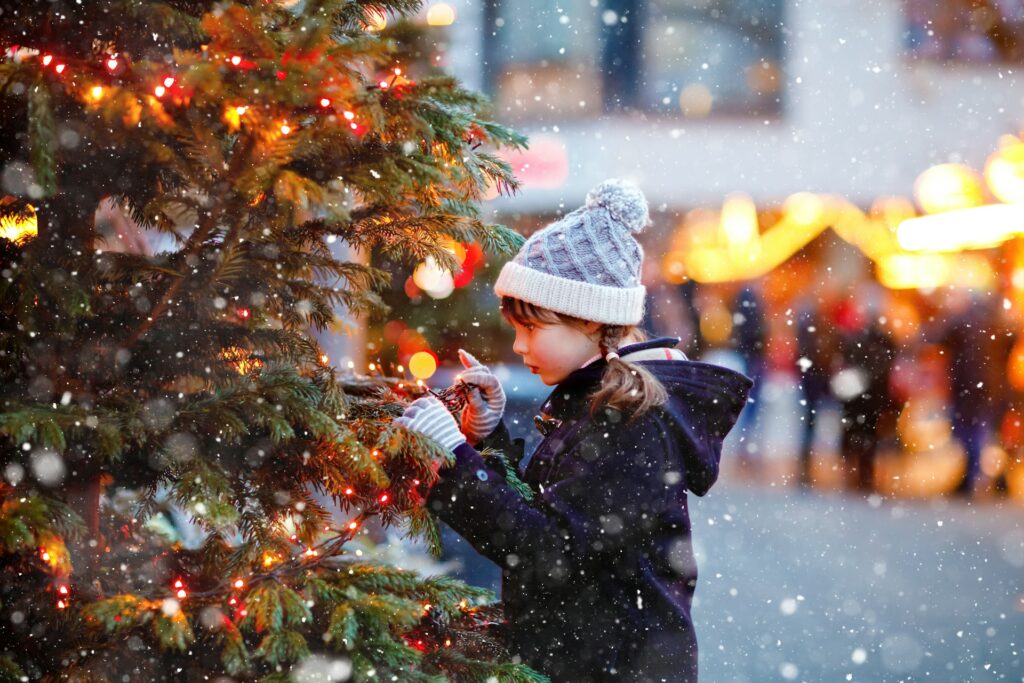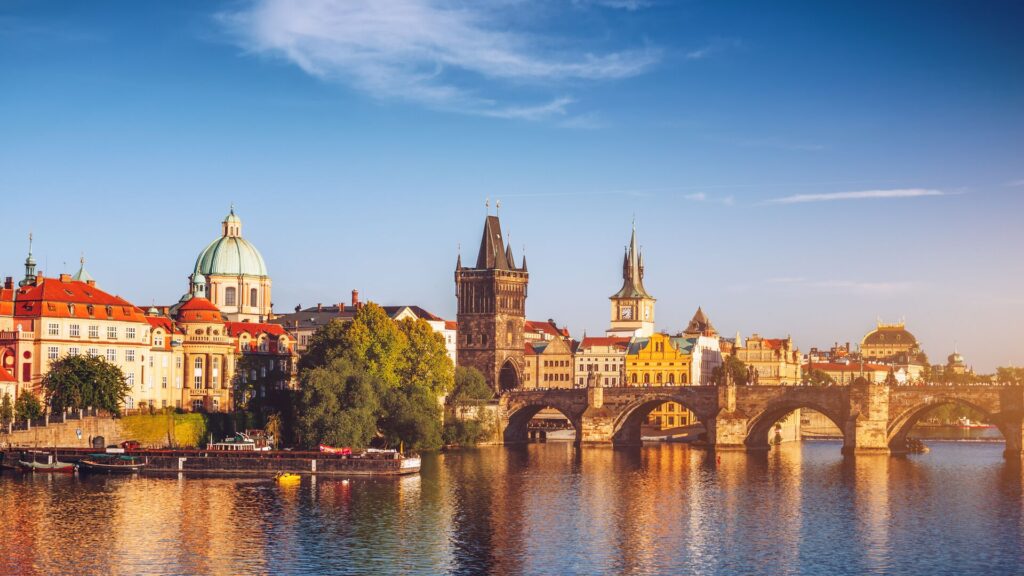The Insightful Guide to the Grand Canyon With Local Expert Tim Wilson
Understanding the Spirituality of Monument Valley with Navajo Guide Larry Holiday
Straddling the Arizona-Utah border, Monument Valley is one of the US’s most recognisable landscapes. In fact, it’s one of the most photographed sites in North America. This is thanks, in large part, to its role as a backdrop for Hollywood films, from genre-defining westerns like Stagecoach (1939), to contemporary classics like Forrest Gump (1994).
But, as any visitor to this terracotta-colored corner of the Southwest US will attest to, Monument Valley is much more than just a spectacular piece of scenery. Sited within the bounds of the Navajo Nation reservation, it belongs, and serves as a home and site of special cultural significance, to the Navajo population.
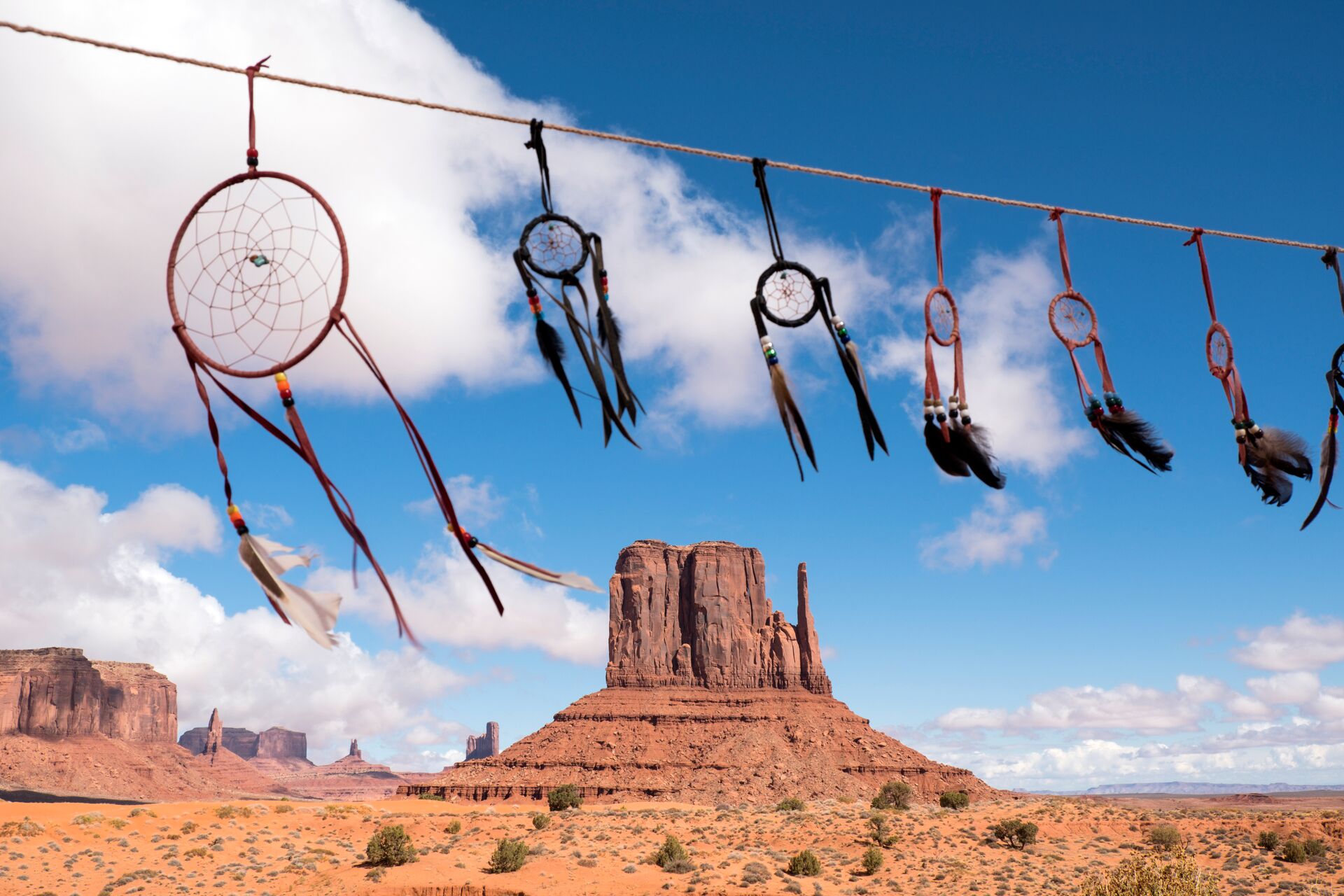
To understand more about what Monument Valley means to the Navajo, and why it is so important to the ongoing preservation of their culture and way of life, we spoke with local Navajo guide, and this week’s Insightful Destination Expert, Larry Holiday.
Hello Larry. Can you tell us a little about yourself, and the area?
“Yá’át’ééh. My name is Larry Holiday, I’m a Navajo and I live in Monument Valley, part of the Navajo Nation.
“The size and the population of the Navajo Nation makes it the largest reservation in the US, at 16 million acres, about the same size as the state of West Virginia. It stretches into Utah, Arizona and New Mexico, and the population is over 200,000 Navajo.
“The Navajo name for Monument Valley is Tsé Biiʼ Ndzisgaii. Tsé means rocks. Biiʼ Ndzisgaii means light. When you come here, you’ll see the way the sunlight comes down to the sand, making it glow and lighting up the valley.”
Experience the natural drama of Monument Valley for yourself on Enchanting Canyonlands.
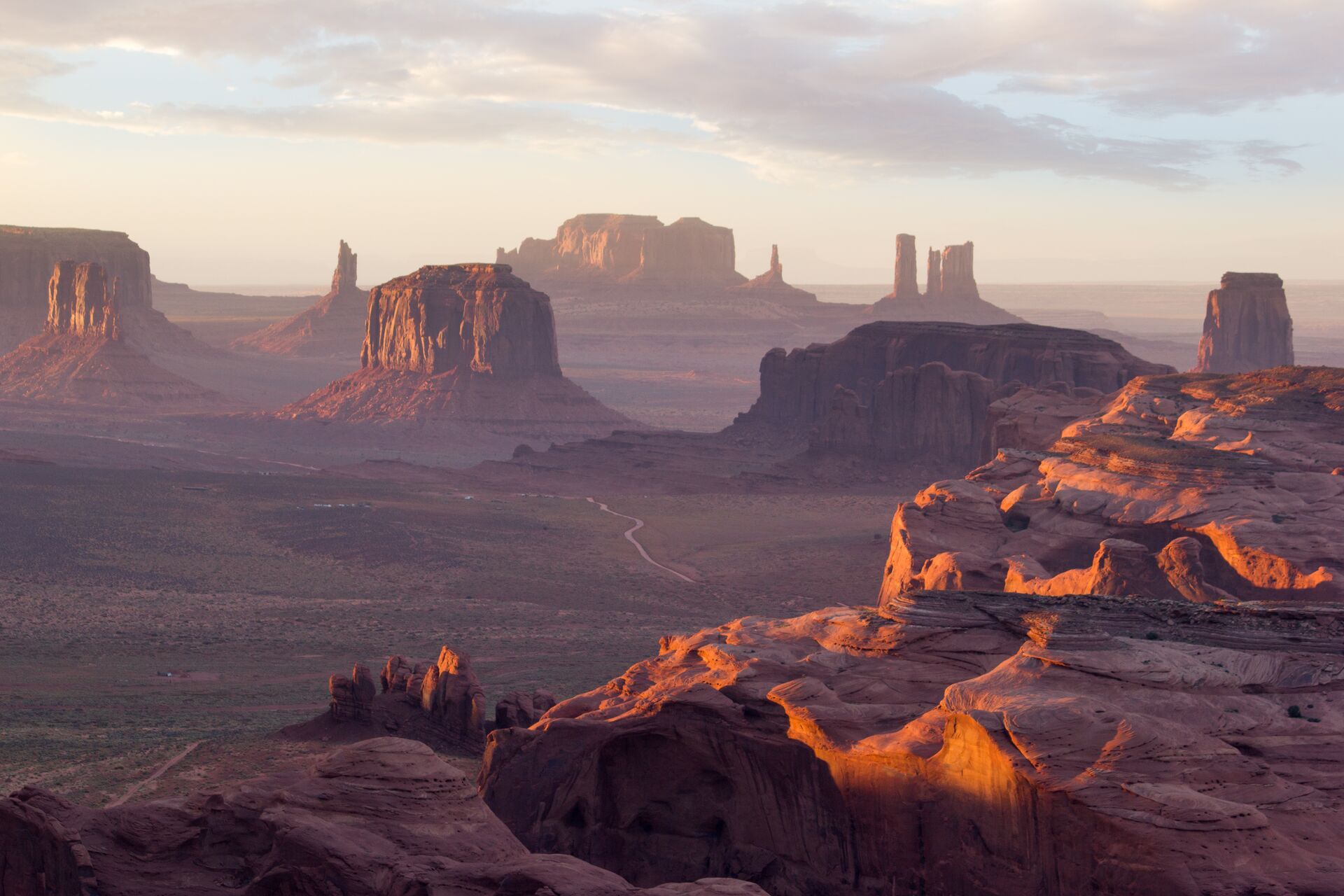
Does Monument Valley hold a particular significance for you?
“Yes. This is where the Navajo live (in this area). This area is where our ancestors have moved around for years – say, since around 1,200 AD.
“Our people, when they’ve been in this area, they went through the valleys, the mountains, round the mesas, and they move around – where they can do hunting, and then they move around where there’s firewood, or where there’s vegetation. Not just for the animals, but for themselves too.
Even to this day, we do the same thing. We move twice a year, we have summer camp and winter camp, just to keep the vegetation balanced. We still do a lot of hunting.”
What is life like today for the residents of Monument Valley?
“Traditional in many ways. Some still live in a traditional Navajo dwelling, called a hogan. In there we have a kitchen, we have a living room, a dining room, we sleep in here. It’s all in one living area. After dinner, we go out to watch the sunset over the valley.
“Some of the homes here (in Monument Valley), don’t have running water. You can see with a lot of the families here, they have a lot of these big trucks – to haul water home. There are natural springs here, water holes, but they get dried out. So they haul water, not just for their families, but for their animals too.”
Further reading: 6 Reasons Why Monument Valley is Utah’s Most Underrated Sight
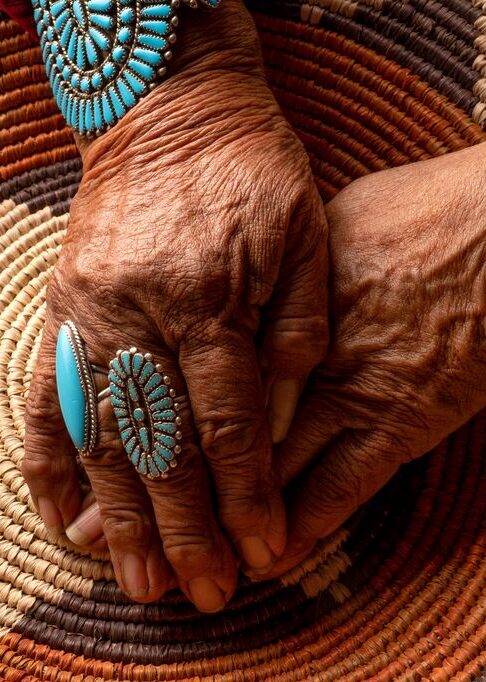
Hogans are built with the doorways facing east, to receive the morning sun – and blessings of good fortune.
Do you maintain a close relationship with the environment?
“In Navajo, we come from Mother Earth. We emerge from Mother Earth. That’s what our teaching is from our ancestors and elderlies.
“Our traditional food grows on the Mother Earth. When we take care of the Mother Earth, if we take care of the sheep, the cows, the goats, that’s our food. And we grow corn, we grow melons, chillies and squash. These are our traditional foods.”
Save for later: A State for Every Palate, Passion or Purpose: Why the USA Delivers it All
Save up to $3,000* per couple on your first Premium Tour
Plus receive latest offers, travel inspiration, and discover how your travels will make a positive impact. Together, WE MAKE TRAVEL MATTER®. Subscribe NowHow important is that sense of tradition?
“Very important. The elderlies, they speak Navajo. But the young generations, the young people, they struggle. They speak more English. Especially when they’re in school, among their friends.
“If you know your language, you know the land, if you know your grandparents, where you came from, that’s where you’ll understand your culture, your language, your ceremony. And we believe that’s what will carry you on into your golden age.”
What’s your favorite thing about living here?
“The highlight of my life, being a Navajo, is every day where I can speak my language – diné language. If I speak my language, and am practising my culture, that’s my highlight. And talking to the different generations – from the young people, all the way to the elderly. Talking to them in the Navajo language and sharing our culture.”
Related reading: Experience the Power of the Powwow in Page, Arizona
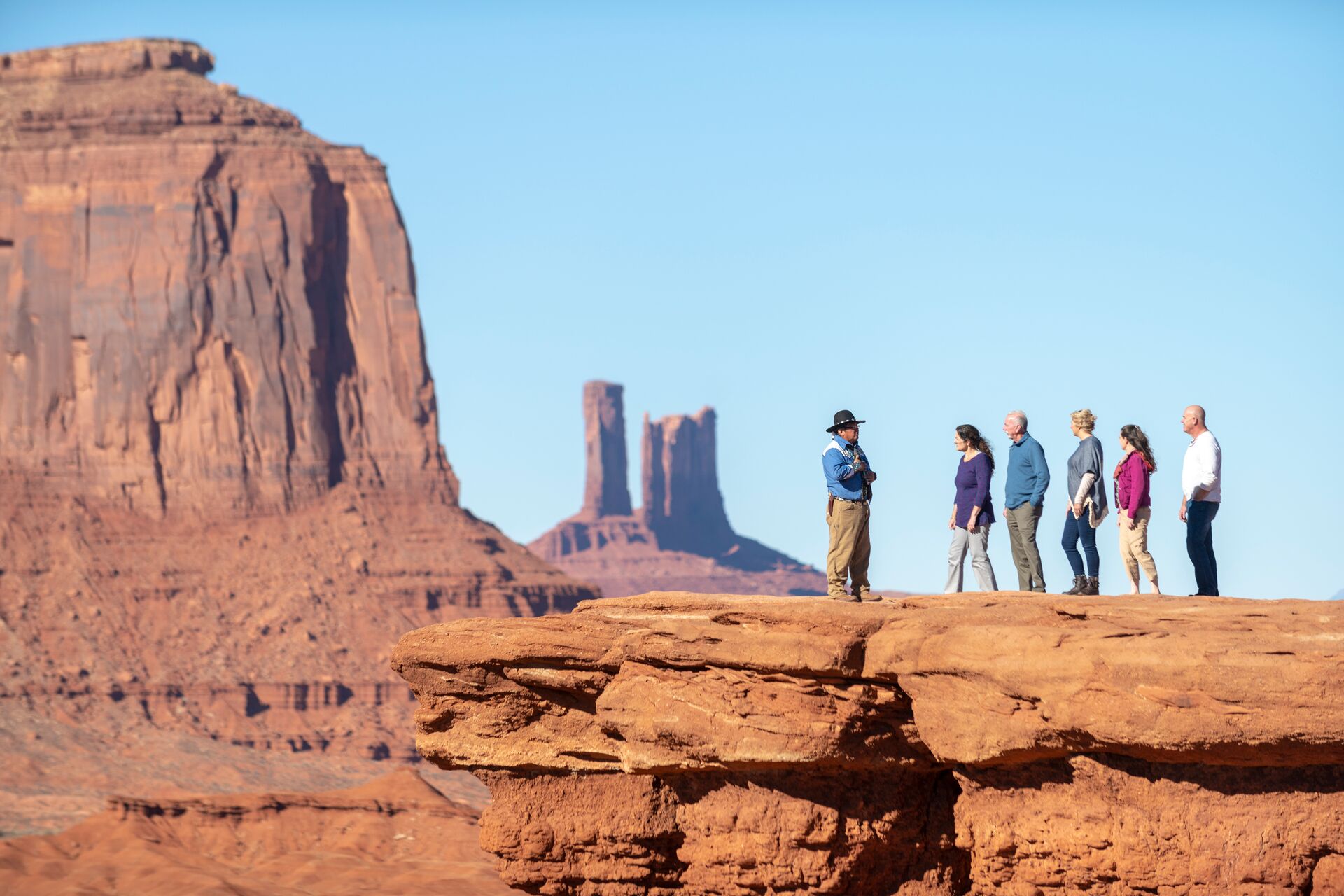
And, finally, what message would you like to convey to new visitors to Monument Valley?
“We have people come here from all over the world, they come here to the Navajo land to preserve our culture. The land, the language is ‘respect us, respect our ways, and we can answer your question’.”
Interested in learning more about Navajo culture? Have questions for Larry, or the Insight Vacations team? Let us know below.
LIKED THIS POST? SHARE WITH YOUR COMMUNITY

